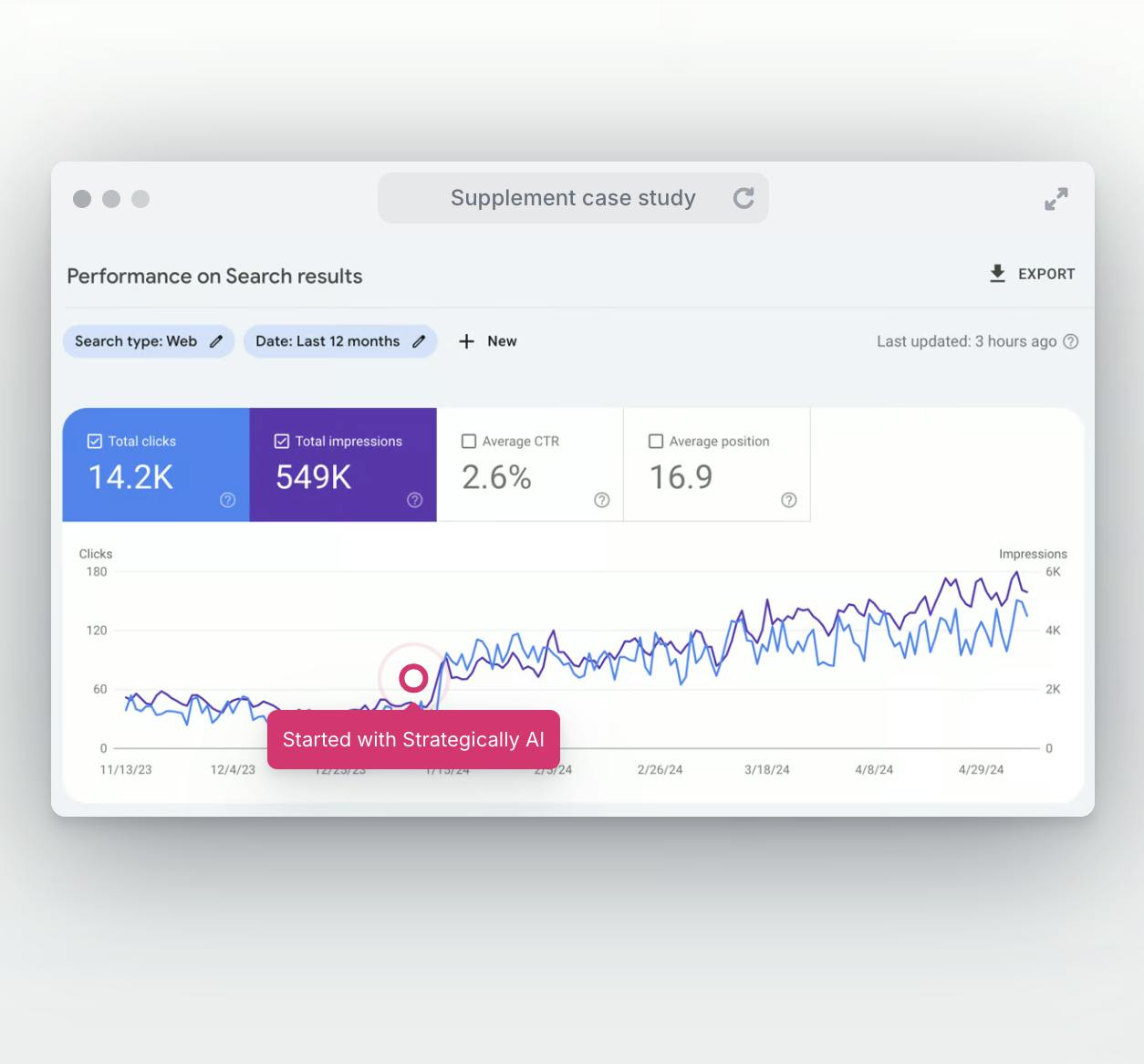Hey there, fellow knowledge seeker! 🎓 Ever thought about sharing your brilliant academic insights with the world through a blog post? Well, you're in luck! Here's a handy guide to help you craft a blog post that's not just informative but also downright captivating. Let's dive in!
12 quick tips for crafting an academic blog post
Crafting an academic blog post that is both engaging and informative can be a challenging task. Here are some must-know tips to help you create a memorable and impactful piece:
1. Choose a compelling topic
- Relevance: Ensure the topic is pertinent to your audience.
- Uniqueness: Select a subject that hasn’t been overly discussed.
- Value: Provide insights or information that are valuable to your readers.
2. Create a captivating title
- Concise: Keep it short and to the point.
- Intriguing: Spark curiosity with a question or a bold statement.
- SEO-Friendly: Incorporate keywords to enhance search engine visibility.
3. Craft a strong introduction
- Hook: Begin with a compelling hook that grabs attention.
- Thesis: Clearly state the main point or argument of your post.
- Preview: Give a brief overview of what readers can expect.
4. Prioritize clarity and simplicity
- Language: Use clear and straightforward language.
- Structure: Organize content with headings, subheadings, and bullet points.
- Jargon: Minimize technical terms or explain them clearly.
5. Incorporate reliable data
- Cite Sources: Always provide references for your data and quotations.
- Use Graphics: Include charts, graphs, or infographics to visualize data.
- Accuracy: Ensure all facts and figures are accurate and up-to-date.
6. Engage with visuals
- Images: Use high-quality, relevant images.
- Videos: Embed videos that complement your content.
- Infographics: Utilize infographics to simplify complex information.
7. Be mindful of SEO
- Keywords: Identify and integrate relevant keywords naturally.
- Backlinks: Include internal and external links to boost SEO.
- Meta Descriptions: Write a concise meta description with relevant keywords.
8. Include a conclusion
- Summarize: Recap the main points discussed in the post.
- Call to Action: Encourage readers to comment, share, or subscribe.
- Closure: Provide a satisfying end that ties everything together.
9. Edit and proofread
- Grammar and Spelling: Ensure your post is free from errors.
- Flow: Check for logical flow and coherence.
- Formatting: Ensure consistent formatting throughout the post.
10. Promote your post
- Social Media: Share your post across various social platforms.
- Email Newsletters: Include it in your newsletters to subscribers.
- Academic Forums: Post it on relevant forums or discussion boards.
11. Engage with readers
- Respond to Comments: Be active in the comments section.
- Encourage Discussion: Ask questions and appreciate feedback.
- Update Content: Keep the post updated based on feedback and new information.
12. Analyze performance
- Use Analytics: Track views, shares, and engagement using analytics tools.
- Evaluate: Assess what worked and what didn’t.
- Improve: Use insights for continuous improvement in future posts.
Remember, the goal of your academic blog post is to share knowledge in an accessible and engaging manner. Balancing the depth of content with readability is key to crafting a post that is both informative and unforgettable. Let's dig in deeper.
5 simple steps to a perfect academic blog post
What's your story? Set your aim & pick your topic 🎯
First things first, what's itching at your brain that you're just dying to share? Whether it's that groundbreaking research you've been working on, or a fresh take on a classic debate, find that unique angle that'll make readers go, "Whoa, I never thought of it that way!" And hey, while you're at it, think about what you want to achieve with this post. Are you aiming to simplify a complex topic for the everyday Joe? Or maybe you're hoping to spark a debate among fellow scholars? Whatever it is, lock it down!
Know your crowd & speak their language 🗣️
Alright, picture this: you're at a party, and you start chatting about your research. Now, would you use the same jargon with a fellow researcher as you would with your cousin who's a baker? Probably not. So, when writing your post, think about who's gonna be reading it. If it's for folks outside your field, ditch the jargon and keep it simple. And hey, don't be afraid to add a dash of personality! A little humor or a relatable anecdote can go a long way in making your post resonate with readers.
A picture's worth a thousand words 🖼️
Ever heard that saying? Well, it's true! Jazz up your post with some visuals – be it cool infographics, snazzy photos, or even a quirky GIF. Not only do they make your post pop, but they can also help explain complex ideas in a snap. Just remember, if you're borrowing someone else's work, always give credit where credit's due!
Hook 'em with a killer title 🎣
Think of your title as the flashy sign outside a store. It's gotta be catchy enough to draw folks in but also give them a hint of the treasures inside. Maybe frame it as a burning question or a fun listicle. But remember, no clickbait-y stuff! Keep it genuine and true to your content.
The final touch: Edit & polish ✨
Alright, you've poured your heart and soul into this post. But before you hit that publish button, take a breather. Come back with fresh eyes and give it a good ol' edit. Trim the fluff, clarify any murky bits, and make sure it flows just right. And hey, if grammar ain't your strong suit, no worries! There are plenty of editing wizards out there (like us!) ready to sprinkle some magic on your post.
So, there you have it! Ready to share your academic brilliance with the world? Go on, give it a shot. And remember, it's all about connecting, sharing, and sparking curiosity. Happy blogging! 🚀📚🖋️








